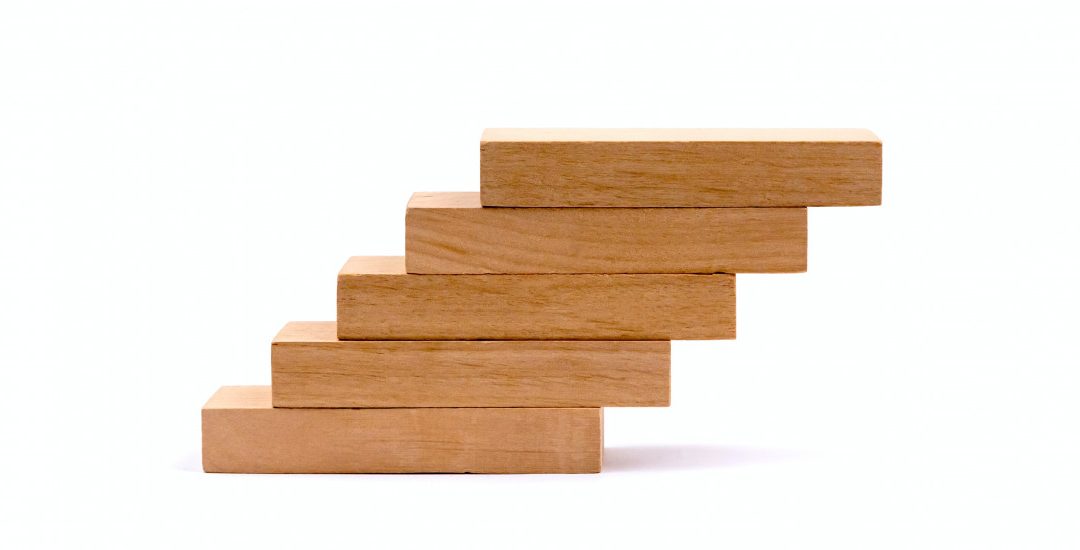Rob Hart, economist and researcher at the Swedish University of Agricultural Sciences has released a new article on what is required for emissions from production to decrease in a system based on economic growth. Rob is also active in Mistra Sustainable Consumption.
There has long been debate about the so-called environmental Kuznets curve, a theory that a country’s environmental impact increases when industrialisation starts, but later slows down as the country becomes richer and moves, for example, to cleaner production technology. Many argue that this does not happen naturally and that we cannot therefore rely on growth as a way of achieving cleaner production.
Rob has explored what is needed for this transition to declining environmental impact to occur in a country where consumption remains high. A prerequisite is that the state takes responsibility by regulating the price of burdening the environment so as to reflect the values of the increasingly rich society. If this happens, and completely clean alternatives for production technology are available, it is ‘only’ a matter of time until companies have switched to this clean technology, according to Rob.
In reality, however, even the cleanest technology requires us to prioritise between different types of emissions or environmental pressures. We cannot therefore rule out the risk that our future choices will lead to further deterioration in environmental quality, even if these choices reflect society’s environmental values. In this case, a clean future requires that we give sufficient priority to environmental quality in relation to consumption.
Link to the article:
Read the full article in the journal European Economic Review here.
